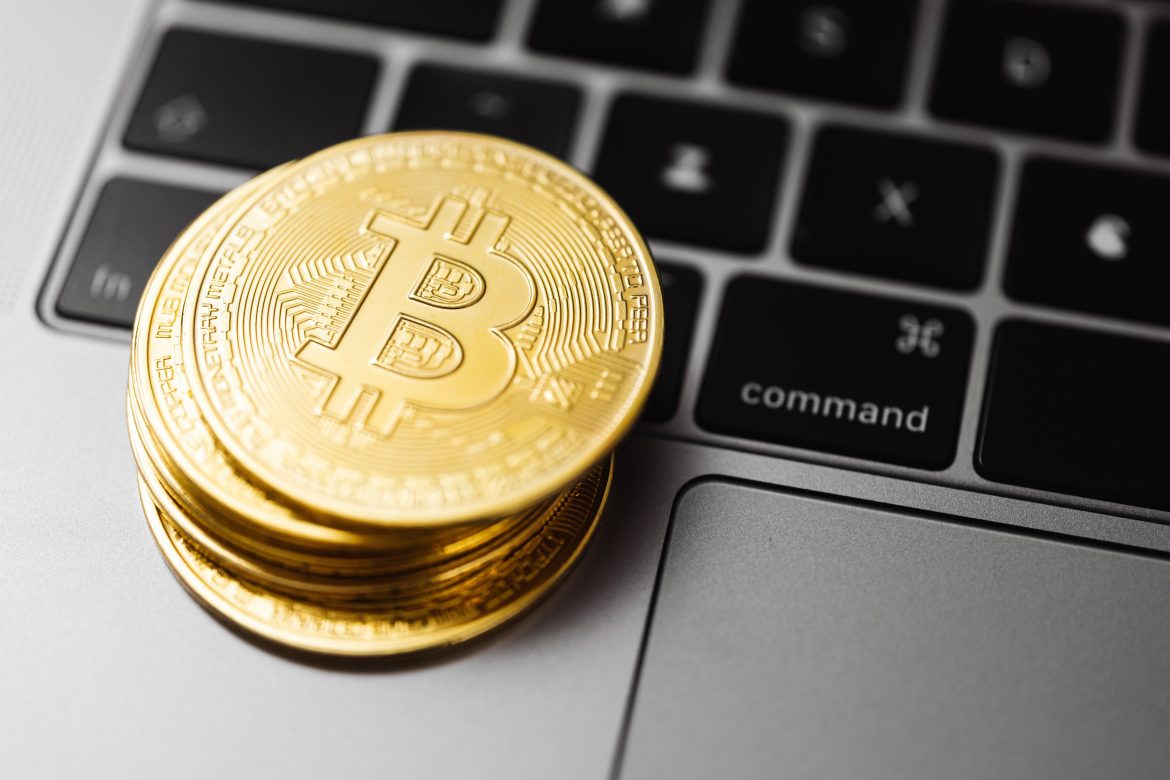Bitcoin, a decentralized digital currency, has reshaped the financial landscape since its inception. This comprehensive exploration of Bitcoin’s history delves into its early origins, the enigmatic creator Satoshi Nakamoto, and its evolution from an obscure concept to a global phenomenon. We examine the impact of Bitcoin on finance, its adoption by major companies, and the rise of investors who view it as a store of value. However, it’s important to stay updated on the latest cryptocurrency developments. Distinguish yourself from traders in the crypto arena by gaining knowledge and education about investing. Visit autoquantumprofit.com and learn from top investment education firms.
Pre-Bitcoin Era
Precursors to Bitcoin
Before Bitcoin, there were early attempts at digital currencies, but they faced significant limitations. Systems like DigiCash and E-gold struggled with issues related to centralization and trust. The roots of Bitcoin can be traced back to the cypherpunk movement, a group of cryptography enthusiasts who advocated for digital privacy and a decentralized future.
The Need for a Decentralized Digital Currency
The traditional banking system had its share of problems, including high fees, slow cross-border transactions, and centralized control. Bitcoin emerged as a solution to these issues, offering anonymity, security, and decentralization.
The Birth of Bitcoin
Satoshi Nakamoto: The Mysterious Creator
Bitcoin’s enigmatic creator, Satoshi Nakamoto, published a whitepaper titled “Bitcoin: A Peer-to-Peer Electronic Cash System” in 2008. This whitepaper laid the foundation for Bitcoin’s development and introduced the concept of a blockchain, a decentralized ledger technology.
Genesis Block: January 3, 2009
On January 3, 2009, Nakamoto mined the first Bitcoin, also known as the “genesis block.” Embedded within it was a message that underscored the motivation behind Bitcoin’s creation: “The Times 03/Jan/2009 Chancellor on brink of second bailout for banks.” This event marked the official beginning of Bitcoin.
Early Years of Bitcoin
Bitcoin’s First Adopters
In the early days, Bitcoin attracted a small group of enthusiasts who mined coins and made transactions using the cryptocurrency. The first recorded real-world Bitcoin transaction took place in 2010 when Laszlo Hanyecz purchased two pizzas for 10,000 BTC.
Media Attention and Skepticism
As Bitcoin gained traction, it began to receive attention from the media. Early coverage often portrayed Bitcoin as a tool for illegal activities and a speculative bubble. Regulatory concerns arose, and governments around the world started scrutinizing the digital currency.
Bitcoin’s Evolution
Emergence of Exchanges and Marketplaces
The creation of Mt. Gox in 2010 marked a significant milestone for Bitcoin. It became the first major Bitcoin exchange, allowing users to buy and sell the cryptocurrency. However, Mt. Gox later faced security breaches and ultimately filed for bankruptcy, highlighting the need for secure exchanges.
Technological Advancements
Over the years, Bitcoin saw various technological improvements, such as Segregated Witness (SegWit) and the Lightning Network. These innovations aimed to address scalability issues, reduce transaction fees, and enhance the network’s overall efficiency.
Bitcoin’s Impact on Finance and Beyond
Adoption and Mainstream Recognition
Bitcoin’s adoption reached new heights, with major companies like Microsoft, Tesla, and PayPal accepting it as a form of payment. The integration of Bitcoin ATMs and point-of-sale systems further facilitated its use in everyday transactions.
Investment and Speculation
Bitcoin’s volatility and potential for significant returns attracted a wave of investors and traders. Many began to view Bitcoin as a store of value, similar to digital gold, and invested heavily in the cryptocurrency.
Challenges and Controversies
Legal and Regulatory Battles
Governments worldwide grappled with how to regulate Bitcoin and other cryptocurrencies. Some countries embraced it, while others imposed strict regulations or outright bans. The legal status of Bitcoin remains a subject of ongoing debate.
Security and Hacking Incidents
Bitcoin’s decentralized nature doesn’t make it immune to security breaches. Prominent exchanges and wallets have suffered hacks and thefts, leading to losses amounting to billions of dollars. Efforts to bolster security continue to evolve.
The Future of Bitcoin
Predictions and Speculations
As Bitcoin matures, experts and enthusiasts make various predictions about its future. Some see it as a global reserve currency, while others remain skeptical. Bitcoin’s role in the global economy remains uncertain.
Innovations and Developments
The development community continues to work on solutions to enhance Bitcoin’s scalability and environmental impact. Technologies like the Lightning Network offer promise for faster and more cost-effective transactions, while debates about Bitcoin’s energy consumption persist.
Conclusion
In conclusion, the history of Bitcoin is a remarkable journey from its mysterious inception to its current status as a transformative force in finance and technology. While challenges and uncertainties remain, Bitcoin’s resilience and potential continue to capture the world’s attention. As we look ahead, the future of Bitcoin promises to be both intriguing and uncertain, leaving us to ponder its continued evolution and impact on the world.







